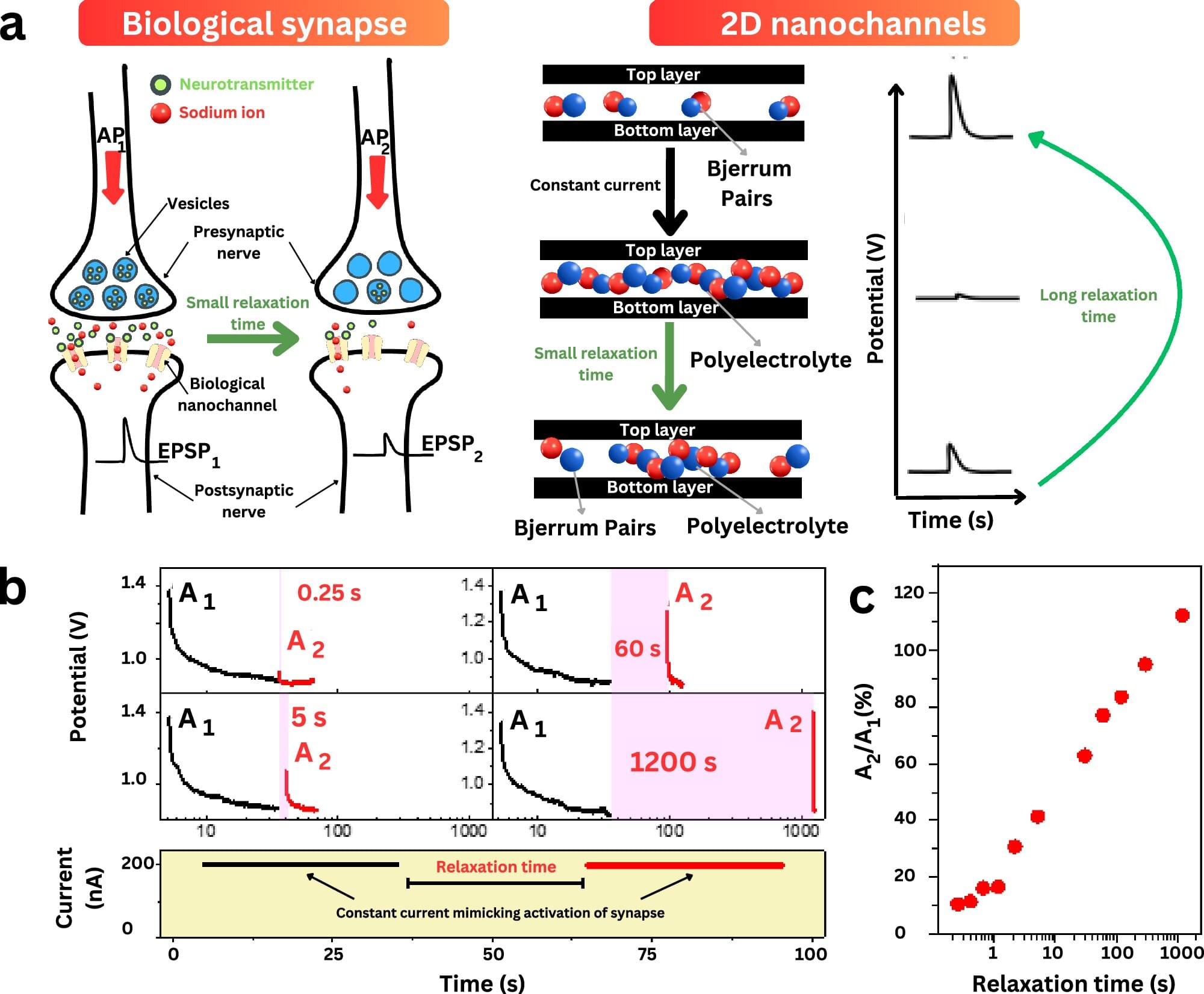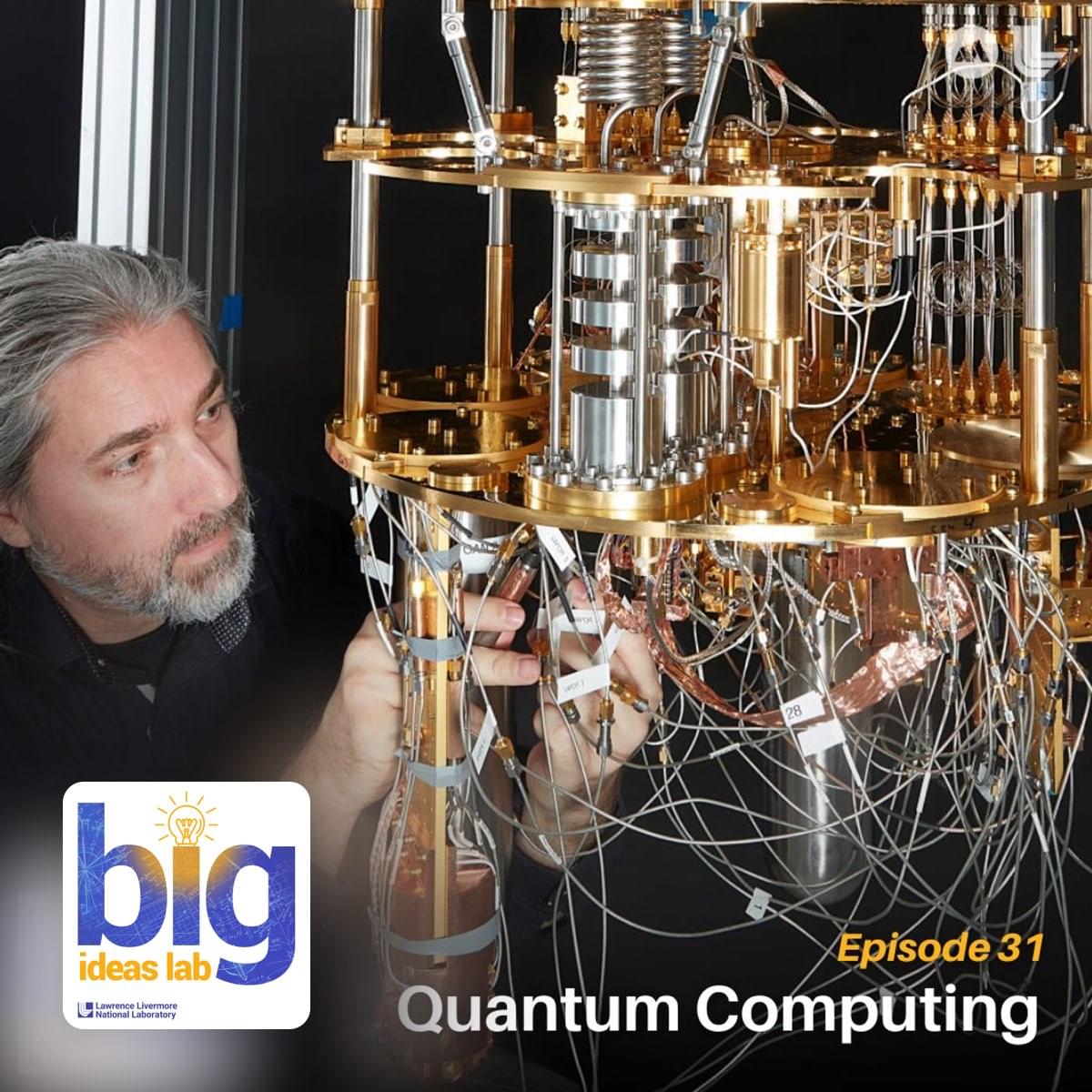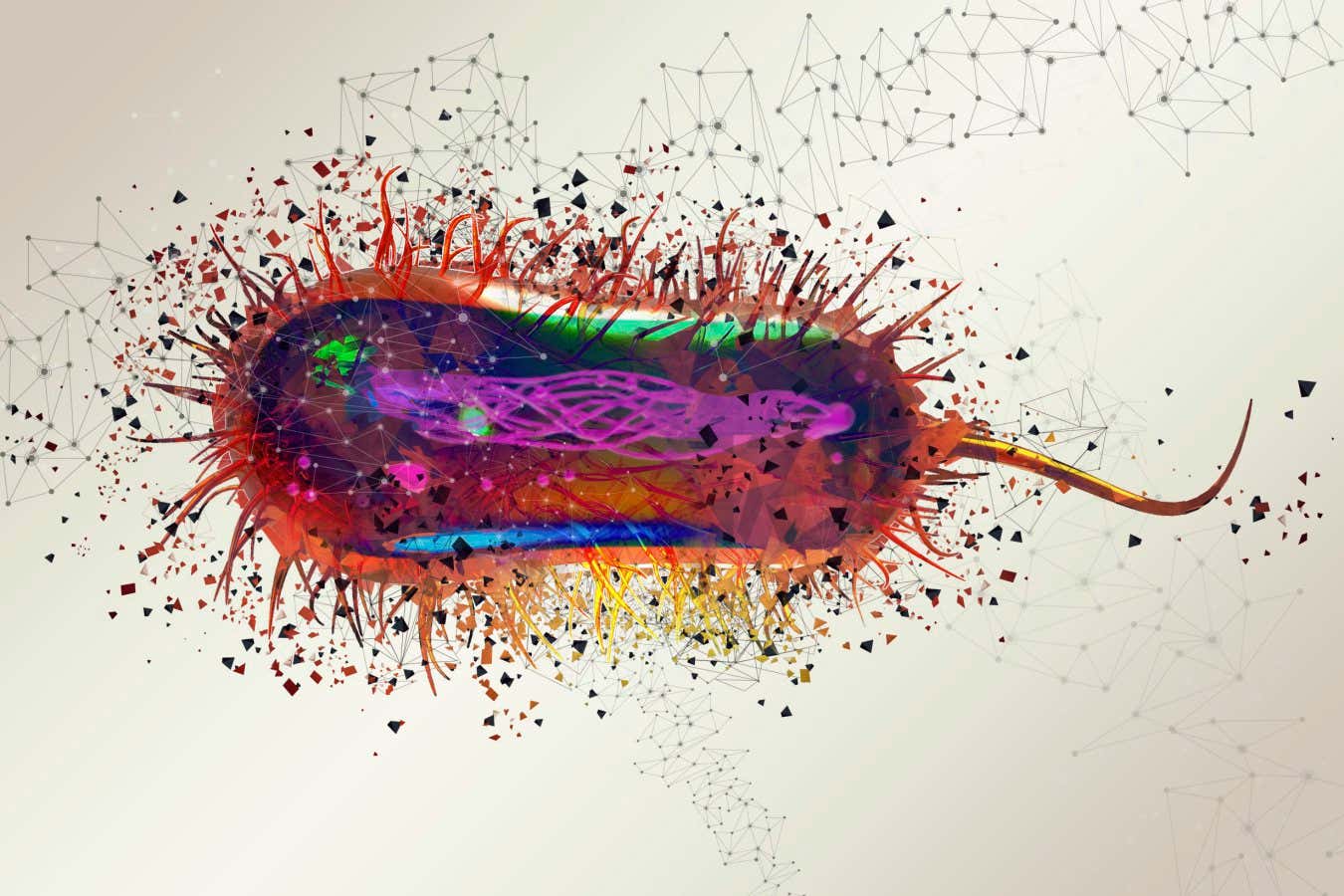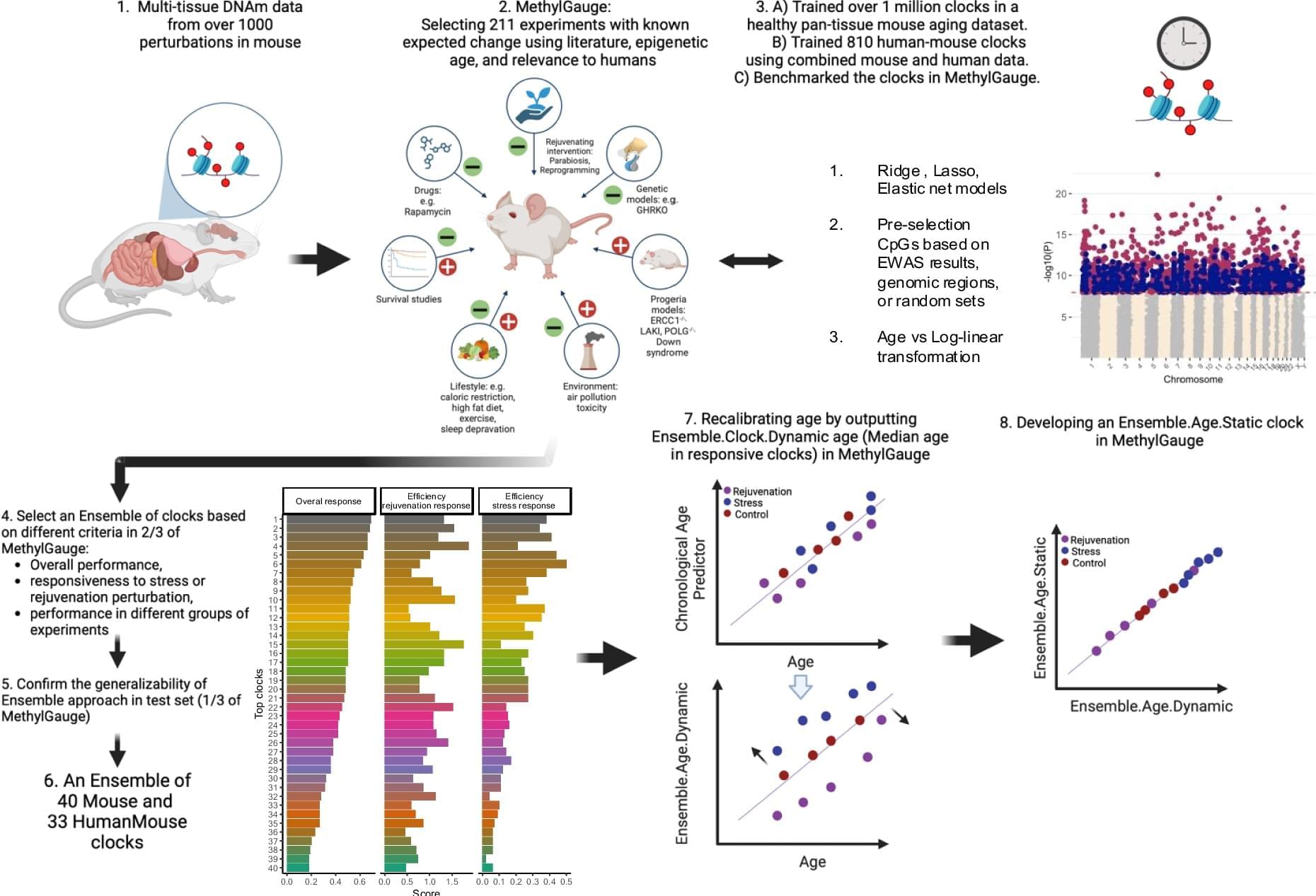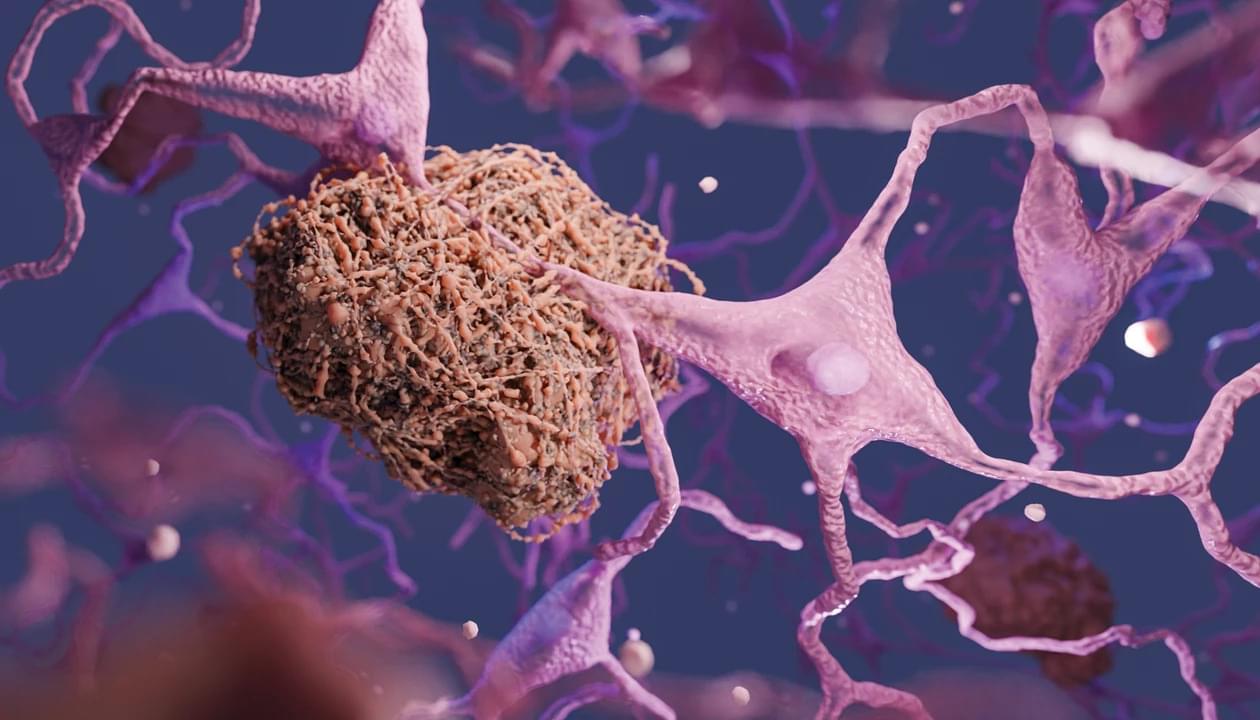Quantum computers have the potential to solve problems far beyond the reach of today’s fastest supercomputers. But today’s machines are notoriously fragile. The quantum bits, or “qubits,” that store and process information are easily disrupted by their environment, leading to errors that quickly accumulate.
One of the most promising approaches to overcoming this challenge is topological quantum computing, which aims to protect quantum information by encoding it in the geometric properties of exotic particles called anyons. These particles, predicted to exist in certain two-dimensional materials, are expected to be far more resistant to noise and interference than conventional qubits.
“Among the leading candidates for building such a computer are Ising anyons, which are already being intensely investigated in condensed matter labs due to their potential realization in exotic systems like the fractional quantum Hall state and topological superconductors,” said Aaron Lauda, professor of mathematics, physics and astronomy at the USC Dornsife College of Letters, Arts and Sciences and the study’s senior author.


